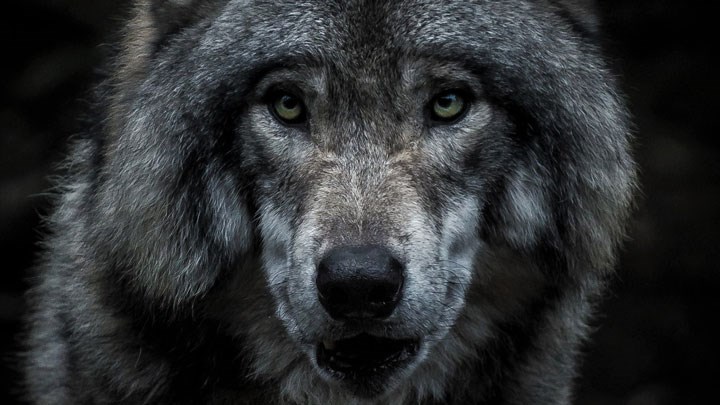
by Brian McCombie - Wednesday, April 7, 2021

The National Rifle Association (NRA) and Safari Club International (SCI) filed to intervene in three legal cases challenging the U.S. Fish and Wildlife Service's (USFWS) decision to delist gray wolves from the Endangered Species Act (ESA) in the Lower 48.
As reported by the NRA Institute for Legislative Action (NRA-ILA), with growing and sustainable populations, the gray wolf delisting under the Trump administration was not only appropriate, but it remains a testament to the significant and successful conservation efforts of federal and state wildlife agencies to increase wolf numbers. Hunters across the country benefit from the delisting as state-specific management of these top predators enhances overall conservation efforts and allow hunters to play a more active role in wildlife management.
"It is high time wolf management was taken from the federal government and returned to the states,” said Erica Tergeson, NRA-ILA Director of Hunting Policy. "Wolf populations have increased exponentially and need to be held in check to protect livestock, humans and other wildlife."
In October 2020, then-U.S. Secretary of the Interior David Bernhardt announced that gray wolves would be removed from the ESA, with their overall management turned over to the appropriate state and tribal wildlife agencies.
Said Bernhardt at the time, “After more than 45 years as a listed species, the gray wolf has exceeded all conservation goals for recovery. Today’s announcement simply reflects the determination that this species is neither a threatened nor endangered species based on the specific factors Congress has laid out in the law.”
The gray wolf population in the Lower 48 currently totals more than 6,000 wolves. The number greatly exceeds the combined recovery goals for the Northern Rocky Mountains and Western Great Lakes populations.
“We strongly agree with professional wildlife managers at the U.S. Fish and Wildlife Service that wolves are not in danger of extinction and should be removed from federal protections,” said Rocky Mountain Elk Foundation President and CEO Kyle Weaver. “They far exceed recovery goals in Idaho, Michigan, Minnesota, Montana, Wisconsin and Wyoming, and are thriving in both Oregon and Washington. Where wolves exist, they should be managed by state wildlife agencies just as they manage elk, black bears, deer and a multitude of other species.”
As the USFWS explains, “By the early part of the 20th century, the gray wolf had become scarce across almost the entire landscape of the lower 48 states. Thanks to the dedicated efforts of partners including states, tribes, conservation organizations and private landowners working together under the auspices of the ESA, this great predator was brought back to healthy, stable numbers. Gray wolves in the United States exist primarily as two large, genetically diverse, stable-to-growing populations broadly distributed across several contiguous United States, with an additional large population in Alaska that was never listed.”
Of course, none of these facts mattered to animal rights extremist groups. Mere days after the delisting was officially announced, they filed lawsuits challenging the actions. The Center for Biological Diversity and the Sierra Club claimed that wolves were still imperiled and promised to sue the federal government to reinstate ESA protections.
The three lawsuits the NRA and SCI filed on an intervener status are: Defenders of Wildlife v. U.S. Fish and Wildlife Service; WildEarth Guardians v. Haaland; and Natural Resources Defense Council v. U.S. Department of the Interior. All were filed in the U.S. District Court, Northern District of California.
Despite the wildlife science documenting that the wolves are flourishing, the Biden White House has called for a review of the gray wolf delisting. Considering the NRA has represented hunters in in every piece of major litigation involving gray wolves over the past two decades as well as numerous legislative fixes, America can expect the NRA to remain dedicated to its core objective “to promote and defend hunting as a shooting sport and a viable and necessary method of fostering the propagation, growth and conservation of our renewable wildlife resources.”
About the Author
NRAHLF.org contributor Brian McCombie is a field editor for the NRA’s American Hunter and writes about firearms and gear for the NRA’s Shooting Illustrated website. He is a member of the National Rifle Association and the National Shooting Sports Foundation. Brian likes hunting hogs, shooting 1911s chambered in 10 mm and .45 ACP, watching the Chicago Bears and relaxing with his two cats, Peanut Morgan and Simon.
E-mail your comments/questions about this site to:
[email protected]
Proudly supported by The NRA Foundation and Friends of NRA fundraising.
